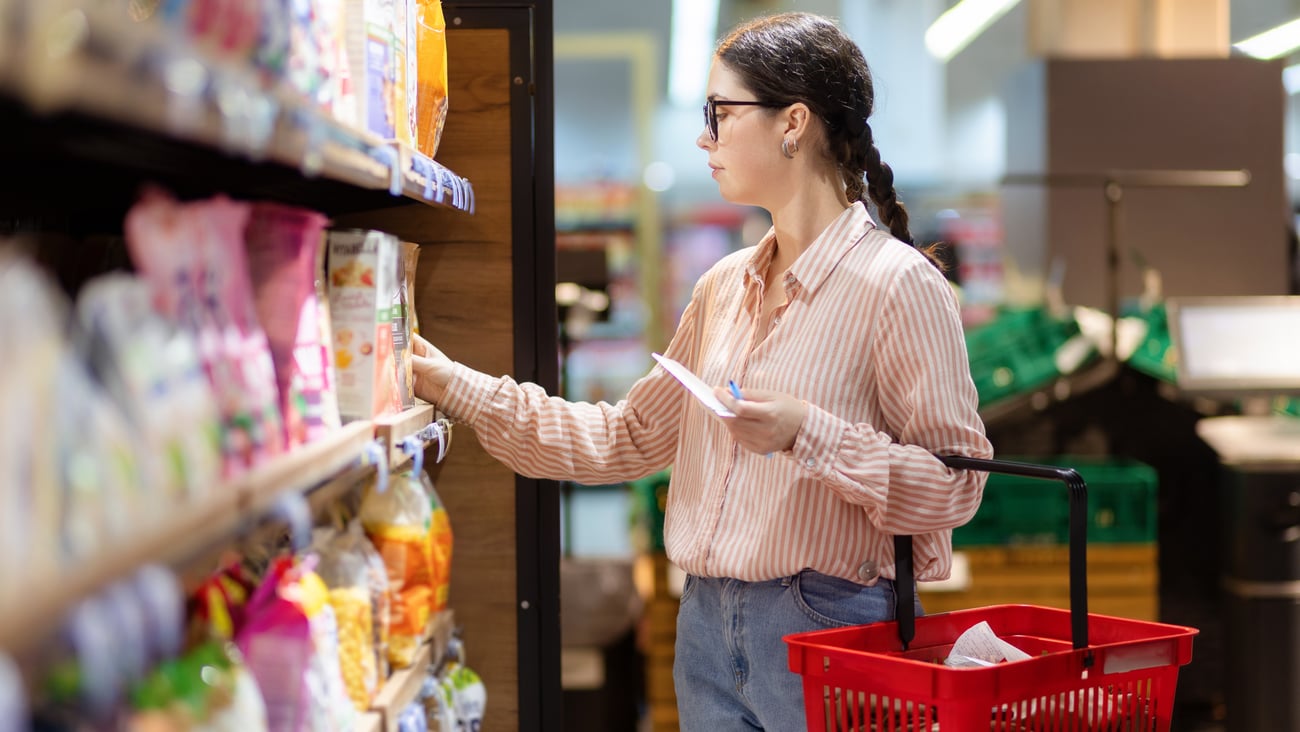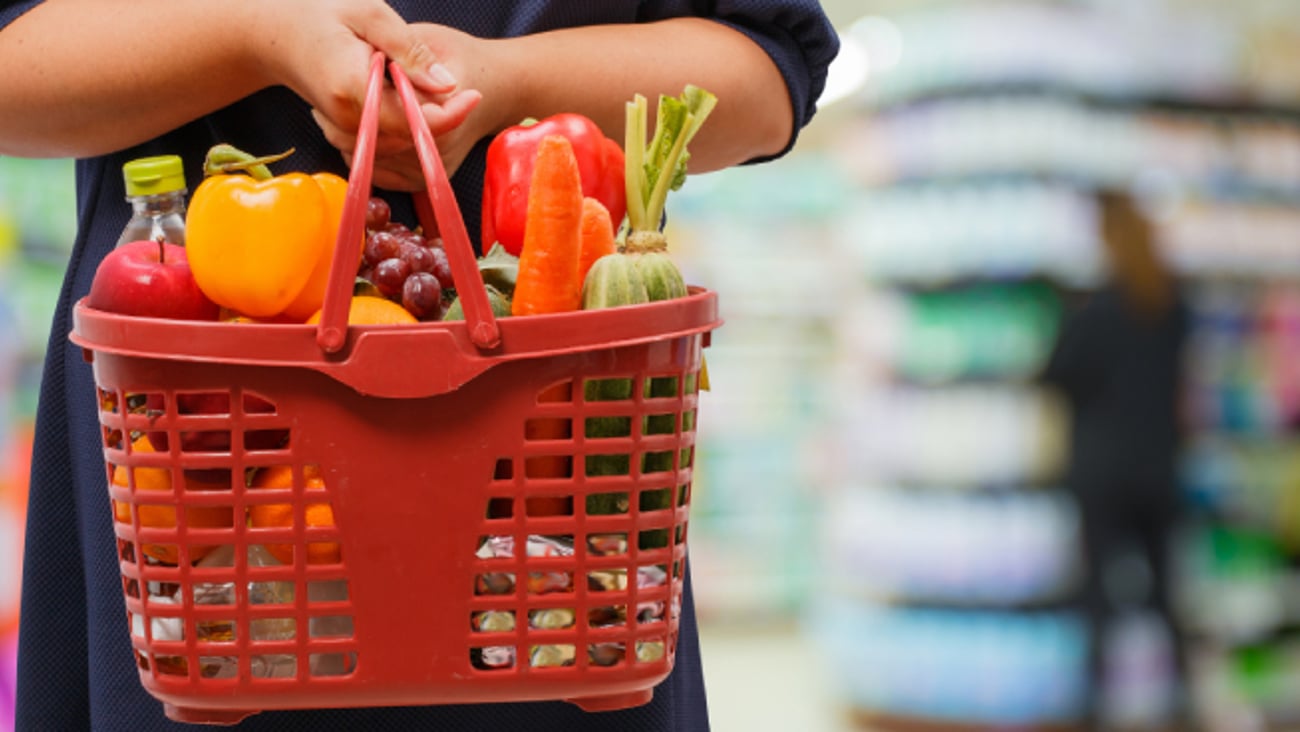How grocers can reconnect with digitally savvy gen Zs through better-for-you snacking
Technology’s pervasive influence on our lives today is undeniable. When it comes to food and beverage choices, almost one-third of Canadians turn to technology for information and guidance. This trend is even more pronounced among gen Z (aged 12 to 27), with more than half relying on websites and social media platforms such as TikTok and Instagram to guide daily choices.
While we can admit the list of benefits is long—connecting with consumers at point-of-purchase, providing reviews, recipe inspiration and off-premise ordering capabilities, to name a few—there is, perhaps, another side of the story that requires our attention.
From mindful bites to mindless consumption
Gen Z are among the most prolific snackers, especially those aged 20 to 27 years, who favour afternoon and evening snacks. We’ve noticed, however, a profound shift in the way these consumers are engaging with technology while snacking. In less than a decade, a generation has significantly shifted away from mindfully eating, talking and socializing to engaging with their mobile devices or playing video games. While peak pandemic periods accelerated this behaviour, the slow shift began after the introduction of the smartphone.
READ: Gen Z's eating habits reflect their global outlook and digital fluency
This kind of distracted eating and drinking has consequences for how much and what we consume, our willingness to prepare food in general, and connects to the healthfulness of our eating patterns. Relative to their mindfully connected counterparts, gen Zs who engage with technology while snacking are more likely to be classified as obese and report a health condition such as headaches/migraines, diabetes and gastrointestinal problems.
A “better for you” opportunity
While gen Zs are generally most often consuming traditional snacking categories (fruit, chocolate, potato chips, cheese, yogurt, etc.), those who engage in digitally distracted snacking lean towards ultra-processed foods. Consequently, they are less likely to consume fruits, vegetables and other “healthier” snacking categories relative to their mindfully connected peers who prioritize real-life social interactions while snacking.
In general, when we look at holistic health segments at snacking occasions, gen Z tends to prioritize nutrient nourishment. However, among digitally distracted gen-Z snackers, there is notable growth in prioritizing emotional well-being, which has gained momentum since the pandemic. They are seeking options that offer added nutritional and metabolic benefits, including both functional and emotional health drivers such as mental harmony, premium/ quality ingredients and less processed options. This presents an opportunity for retailers to capitalize on the movement towards better-for-you snacking by offering products that cater to these evolving needs.
READ: Consumers are turning to grocery retailers as key allies in healthy living
The concept of better-for-you, however, is not only synonymous with healthy, whole foods. In fact, the fastest-growing snack foods among gen Z that meet better-for-you needs include chocolate, nuts and seeds, snack mix/trail mix, popcorn and crackers. For commercial beverages consumed at snacking occasions, this includes smoothies, iced tea, energy and sports drinks. This tells us that convenient indulgent categories play a role in meeting better-for-you needs with opportunity for growth.
Tech-enabled wellness
Indulgence isn’t going anywhere, we’re human. However, there’s an opportunity to support evolving needs among gen Z by allowing better-for-you options to coexist with indulgence—whether it’s “renovating” existing product lines that align with the demand for cleaner ingredient decks, or through innovative snacking products that support functional and emotional health requirements.
Retailers can leverage technology to enhance the snacking experience, providing gen Z with the information they need to make informed choices. This could involve interactive displays that highlight the nutritional value of different snacks or personalized recommendations based on dietary preferences. Can we encourage a digitally distracted generation to put down their devices through more mindful snacking? It may be a tall order, but for the physical and mental well-being of future generations, it might be the most worthwhile investment we make.
This article first appeared in Canadian Grocer’s June/July 2024 issue.






